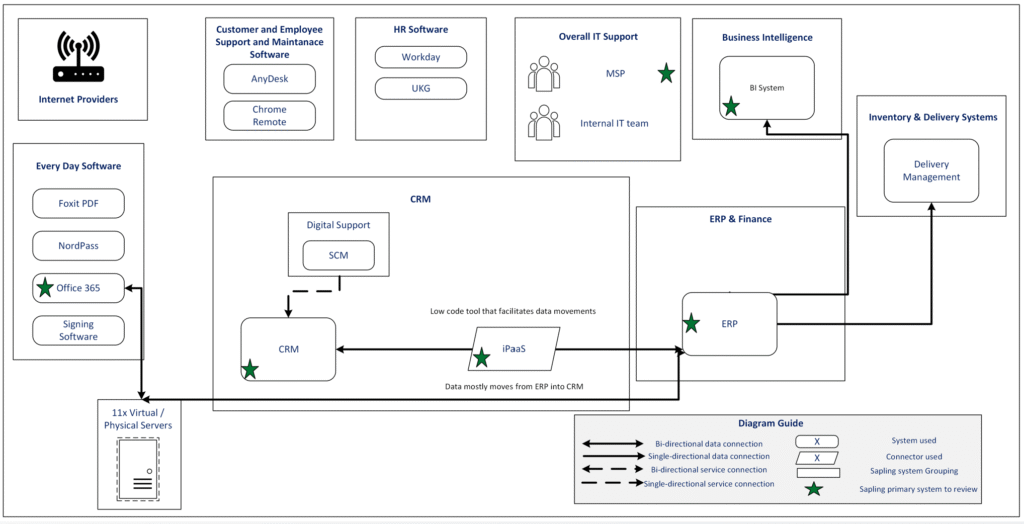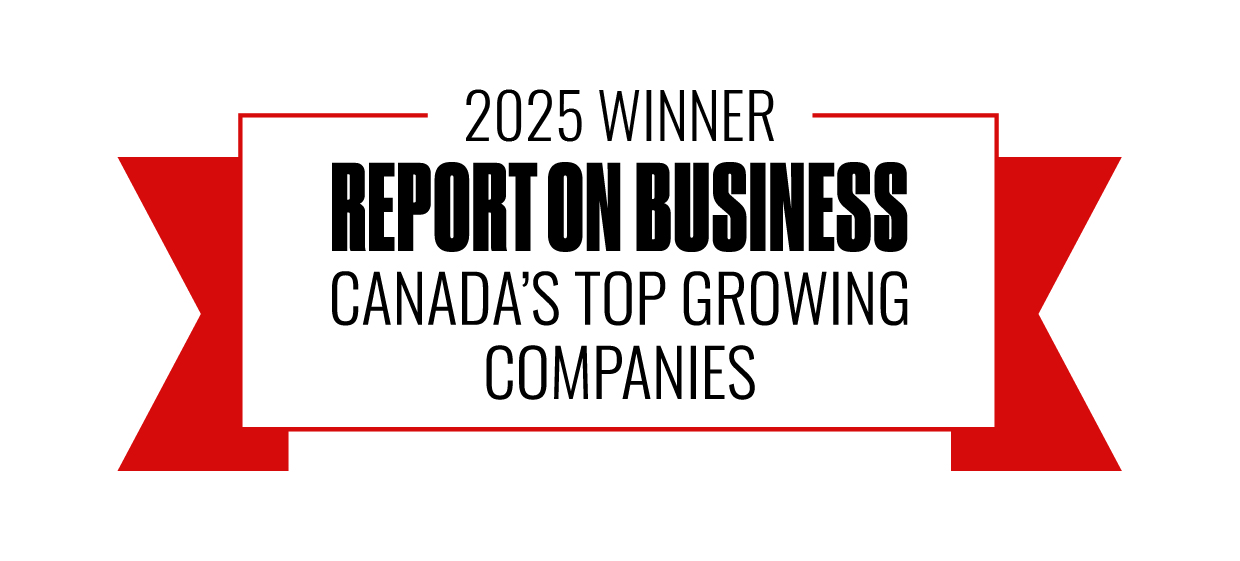
In today’s digital landscape, CFOs are increasingly expected to play a central role in technology decision-making. Sapling Financial Consultants was delighted to host a webinar with members of FEI Canada’s, Toronto Chapter to discuss on Trimming the Tech Stack. Our Senior Engagement Manager, Morné Viljoen, shared some insights on how CFOs can strategically optimize their IT systems to reduce unnecessary costs, streamline operations, and enable better business performance.
What is IT Optimization?
IT Optimization is a practical, high-impact solution by reviewing the current IT environment to identify areas for consolidation, elimination, or enhancement. This process not only reduces costs but also improves workflows, enhances collaboration, and provides better insights for strategic planning.
Why do you need IT Optimization?
A critical part of optimization is mapping IT systems to business processes. Every company has processes that drive revenue or support operations such as invoicing, month-end close. By identifying these processes and aligning them with corporate goals. such as improving profitability or expanding into new markets, CFOs can better assess which tools are essential, which are optional, and which are no longer needed.
How do companies approach IT Optimization and what are the benefits?
In our recent webinar, we explored how to understand and assess IT costs—an area that can escalate quickly without proper oversight. A foundational step in IT optimization is identifying and analyzing key business processes. A business process refers to any functional area within a company that drives revenue or supports operations, for example, the invoicing process or the month-end financial close.
To effectively optimize IT systems, it’s important to align each business process with the company’s broader strategic objectives. For instance, if a company’s goal is to grow net profit by 40% year-over-year, this may involve improving efficiency in the finance function such as reducing time spent on the month-end close) or expanding the sales function into new geographic markets.
During this process, teams should ask critical questions such as:
- What functionality is required by the user?
- Why is this functionality required, and why is the system important, and why does this specific user need access?
- How is the system being used?
These questions are very helpful for effectively analyzing IT optimization. To address them, CFOs and IT teams can use flowcharts and system maps to visualize which systems are used across the organization and more importantly how they use them. It would help CFOs to identify redundant systems, unused licenses, and opportunities to upgrade or downgrade the software.
CFOs should start by analyzing the trial balance and general ledger to identify software expenses. For each system, it’s important to:
- Identify the administrator or owner
- Determine how costs are incurred (e.g., per user, per month, or hybrid)
- Check whether hardware is also part of the spend
- Determine if you have a fixed contract for a period of time: duration, remaining months, and cancellation costs
- Classify your costs into primary (the most important) and secondary costs (supporting), including service providers such as MSPs

Tech Stack Example
Once you have visibility into costs, you can move to the IT optimization process, which includes:
- Collecting license data from system admins—user counts, license types, and cost structure.
- Prioritizing business processes according to strategic impact.
- Conducting interviews and walkthroughs for high-priority processes, using pre-meeting questionnaires and follow-up sessions to uncover system usage, pain points, and gaps.
- Deploying surveys for lower-priority processes to efficiently collect insights.
Once the company have all of the required information from their current systems, you can start to benchmark your landscape and systems to the market, obtain quotes for your needs and model out the cashflow impact under different scenarios to make informed decisions.
A key part of the decision-making process goes beyond evaluating the impact on cash flow and profit or loss. It also involves assessing the added value to your organization. For example, does this investment bring you in line with industry standards, or does it position you ahead of competitors through innovation? These qualitative factors are critical for driving a successful optimization process that can lead to a best-in-class tech stack.
By leading or collaborating in IT optimization efforts, CFOs can ensure smarter IT investments, lower costs, and stronger alignment between technology and strategic goals.




